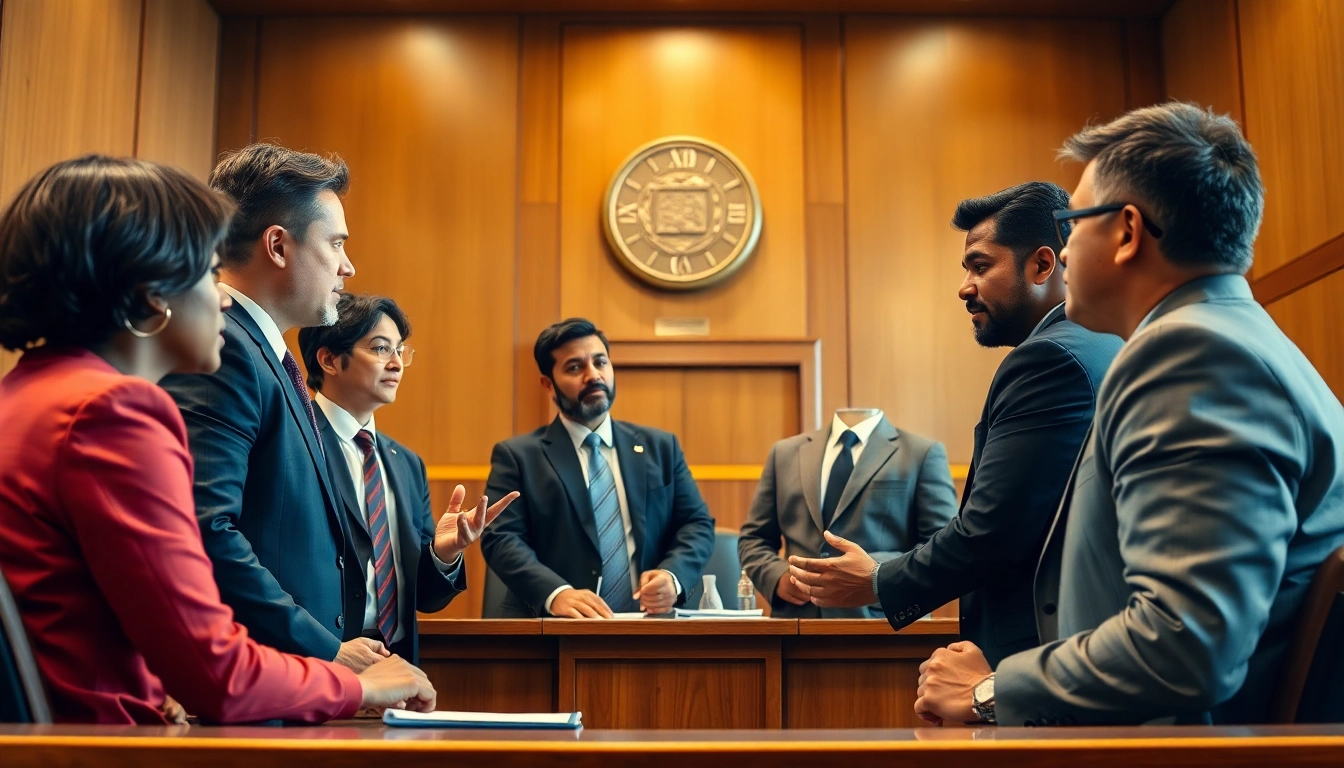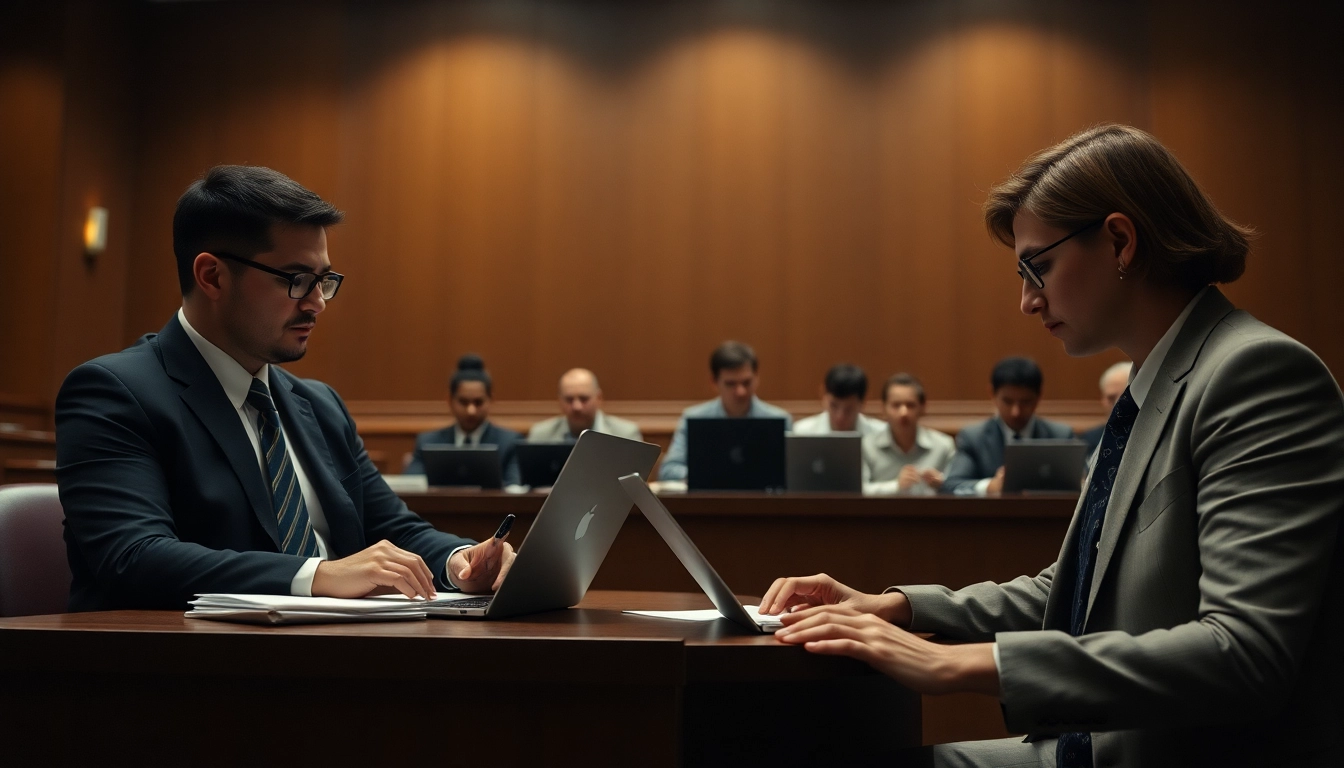Understanding Mass Tort Marketing
Mass tort marketing is a unique segment of legal marketing that has gained prominence in the contemporary legal landscape. It encompasses promoting legal services aimed at large groups of individuals who have suffered similar harm due to a product, service, or a particular event. A well-executed Mass Tort Marketing strategy is crucial for law firms seeking to reach potential claimants effectively and ethically. In this article, we will delve into the nuances of mass tort marketing, its significance, and ground strategies to enhance your outreach.
What Is Mass Tort Marketing?
Mass tort marketing refers to promotional efforts aiming to attract clients who have experienced similar injuries from the same source, such as defective products, harmful medications, or environmental disasters. Unlike class action suits, where individuals cannot pursue separate claims, mass torts allow individuals to file their own cases while still being part of a larger federal or multidistrict litigation. The marketing strategies employed must resonate with potential claimants, educating them about their rights and the collective power of pursuing justice as a group.
The Importance of Mass Tort Marketing
The importance of mass tort marketing cannot be overstated. With thousands of individuals potentially affected by a single event or product, effective communication can directly impact the outcome of a case. Law firms utilize targeted marketing strategies to reach those who are unaware of their legal rights or the existence of mass tort claims. By promoting awareness, mass tort marketing plays a pivotal role in bringing forth justice for affected individuals while also ensuring that law firms can sustain their practice through a viable client base.
Key Differences from Other Marketing Types
Mass tort marketing differs significantly from traditional legal marketing in terms of strategy and objectives. Here are some key differences:
- Target Audience: In mass tort marketing, the target audience encompasses large groups of individuals who have been similarly harmed, whereas traditional legal marketing often focuses on individual cases.
- Messaging: The messaging in mass tort marketing typically revolves around collective empowerment and awareness, while traditional marketing may concentrate on individual success stories or personalized services.
- Channels: While traditional marketing often employs local advertising, mass tort marketing leans heavily on digital and social media platforms to reach a broader audience swiftly.
Targeting the Right Audience for Mass Tort Cases
Identifying Potential Claimants
Identifying potential claimants is critical to a successful mass tort marketing campaign. Leveraging public records, social media cues, and community outreach can help law firms discover individuals who may have been affected. Consideration should also be given to demographic data, such as age, location, and socioeconomic status, to refine targeting strategies effectively.
Utilizing Data Analytics for Targeting
Data analytics can provide invaluable insights into the target demographic. By analyzing online behavior, search trends, and social media interactions, law firms can tailor their outreach efforts. Tools like Google Analytics, social media insights, and even surveys can offer a clearer picture of potential claimants’ concerns, increasing the likelihood of engagement.
Cultivating Trust within the Community
Building trust within the community is paramount for mass tort marketing. Law firms can establish credibility through community involvement, attending local events, or sponsoring initiatives that resonate with potential claimants. Engaging through informative webinars can also help convey valuable information while establishing the firm as a trusted authority in mass tort matters.
Digital Strategies for Mass Tort Marketing
Effective Use of Social Media Platforms
Social media is an essential component of mass tort marketing strategies. Platforms like Facebook, Twitter, Instagram, and LinkedIn allow law firms to disseminate information, share success stories, and engage directly with potential clients. Tailoring messages to each platform can enhance outreach; for instance, using visual content on Instagram can engage users more effectively than text-heavy posts on LinkedIn.
Creating Engaging Content that Converts
Content is king, especially in mass tort marketing. Firm websites must feature informative articles, blog posts, infographics, and videos that educate potential claimants on mass tort procedures and associated risks. Testimonials from previous clients and expert opinions can further enhance credibility and persuade readers to take action.
SEO Techniques to Enhance Online Visibility
Search engine optimization (SEO) is crucial for improving online visibility in mass tort marketing. Law firms should focus on utilizing relevant keywords, optimizing meta tags, and ensuring responsive design. Regularly updating content and employing local SEO strategies can also help target individuals based on geographic location, increasing the chances of attracting potential claimants.
Compliance and Ethical Considerations
Adhering to Legal Marketing Regulations
It is essential for law firms to remain compliant with legal marketing regulations. Familiarity with guidelines set by the American Bar Association (ABA) and state bar associations can safeguard firms from potential pitfalls. Ensuring that advertising does not mislead the public about potential financial outcomes is crucial to maintaining integrity and ethical standards.
Maintaining Ethical Standards
Beyond adhering to regulations, maintaining ethical standards is vital in mass tort marketing. Transparency about fees, the nature of legal services, and any affiliations is essential to garner trust. Firms should also avoid sensationalizing claims and focus on factual, supportive communication that prioritizes the needs of affected individuals.
Building a Reputation in Mass Tort Law
A strong reputation in mass tort law can significantly impact a firm’s marketing success. Participating in relevant conferences, publishing scholarly articles, and engaging with other legal professionals can bolster a firm’s standing in the legal community. Positive client feedback and successful case results are also instrumental in establishing a robust reputation over time.
Measuring Success in Mass Tort Marketing
Key Performance Indicators to Track
Measuring success in mass tort marketing isn’t just about the number of leads generated; it involves tracking various key performance indicators (KPIs). Important KPIs may include conversion rates, lead generation, website traffic analytics, engagement rates on social media, and client retention rates. Regular monitoring of these metrics allows firms to evaluate the effectiveness of their marketing strategies comprehensively.
Analyzing Campaign Effectiveness
Campaign effectiveness analysis helps law firms adapt and optimize marketing efforts. Using tools like Google Analytics can provide insights into user interactions, helping identify which content resonates most with potential claimants. Feedback mechanisms like surveys and client reviews can offer qualitative data critical to refining marketing strategies over time.
Adjusting Strategies Based on Insights
Based on insights gained from campaign analysis, law firms should be prepared to pivot their marketing strategies accordingly. If a particular demographic is less responsive, it might be worthwhile to invest in targeted advertising to reach new audiences. Staying agile and open to change ensures that firms can respond effectively to a dynamic market landscape.



